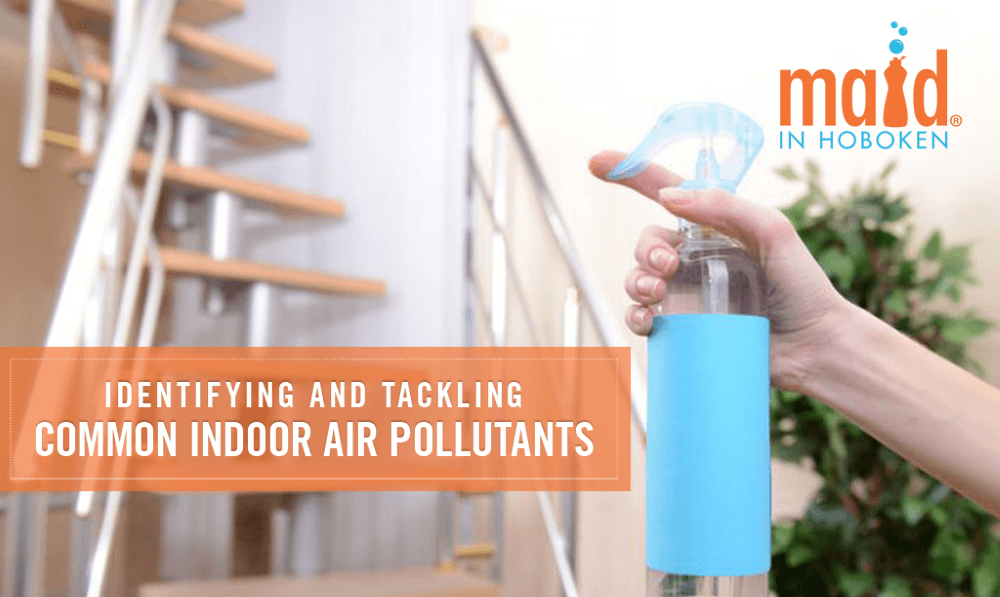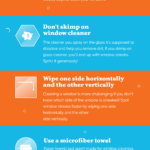Hoboken may not be a polluted city to live in, but your house here very well could be. Most homeowners don’t realize that their indoor air is being contaminated by certain pollutants which lead to a list of allergies and other health issues. It is because of this ignorance that indoor air pollutants continue to cause harm in homes across the globe.
We often take the quality of indoor air lightly because we believe that bad air only exists outside. However, it takes some steps to create a healthy home environment for you and your family to live. The first step is to identify indoor air pollutant before taking steps to tackle and keep them at bay.
List of Air Pollutants that You Can Find at Home
1. Dust
It’s inevitable; dust exists in every home and is, therefore, the number one indoor air pollutant on the list. While it’s impossible to keep dust entirely at bay, you can minimize air dust. First and foremost, clean regularly will cut a good 80% of household dust! This process means vacuuming floors and wiping furniture daily to remove dust. Secondly, you need to avoid leaving things lying around to collect dust. It also helps to keep some knickknacks you have on shelves or tables to a minimum so that less dust will accumulate over time.
2. Mold
One of the most dangerous indoor air pollutants is the one that often grows in your home without you even realizing it! Mold or mildew thrives in damp, humid areas which make your bathrooms, basement, and common attic hotspots for mold infestations. The ideal way to avoid this problem is to keep these areas as dry and fresh as possible. Increase the coolness in your home by opening windows wide and install exhaust fans in bathrooms and humid rooms.
3. Pollen
If you have planted flower pots in your home or wildflowers growing nearby, you probably have a lot of pollen in the house. We consider this an indoor air pollutant because it causes allergic reactions in many individuals. The obvious way to reduce dust in your home is to replace your flower pots with non-pollen plants while mesh can stop pollen from coming in through your windows. Apart from this, consider using air purifiers to trap pollen circulating in your home.
4. Chemicals
For your home to pass as a whole house with good indoor air quality, there should be no chemicals floating in the air or found contaminating surfaces. This solution can be achieved by doing away with chemical cleaners and replacing them with natural or green products. After all, what good is a toxic cleaner if it’s going to cause harm to your family’s health?
5. Pet Fur/Dander
Your lovable pet can be polluting your indoor air if not properly groomed. Regularly bathing is mandatory to eliminate pet dander from making its way all around your home while shedding of fur can be controlled (to an extent) with the right pet products. It also helps a great deal to brush your pet outside on a daily basis to reduce the amount of fur in your home.





